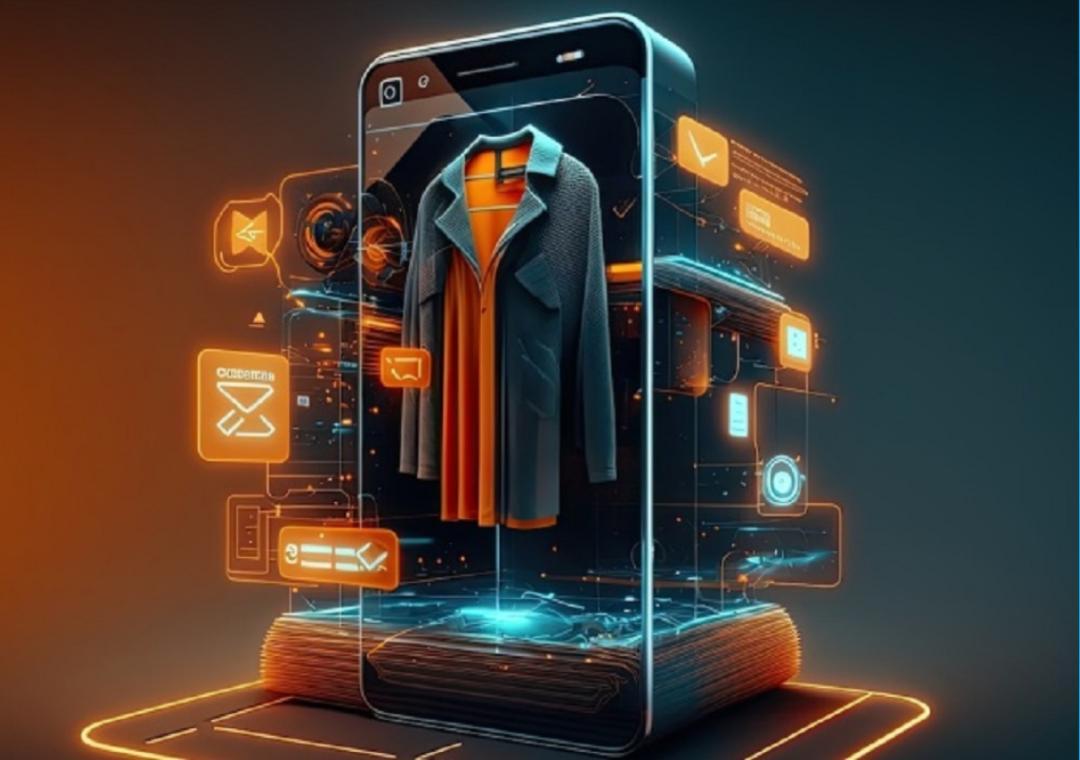
How AI, AR & Automation are redefining online shopping in 2025
In the past few years, the e-commerce landscape has undergone a significant transformation, driven by the rapid advancements in Artificial Intelligence (AI), Augmented Reality (AR), and Automation. As we move into 2025, it’s evident that these technologies are reshaping the online shopping experience, making it more personalized, immersive, and frictionless.
In this blog post, we’ll delve into the ways AI, AR, and Automation are redefining online shopping, and how retailers can leverage these technologies to stay ahead of the competition.
AI-Powered Personalization
One of the most significant advantages of AI in online shopping is its ability to provide personalized experiences to customers. AI chatbots, for instance, can help customers find the products they’re looking for by asking targeted questions and providing tailored recommendations. According to a study by Salesforce, 80% of customers are more likely to do business with a company that provides personalized experiences.
AI-powered personalization also enables retailers to create smart recommendations, which can boost sales and increase customer satisfaction. For example, an online fashion retailer can use AI to suggest complementary products based on a customer’s purchase history and browsing behavior.
AR Virtual Try-Ons
Augmented Reality (AR) is another technology that’s revolutionizing online shopping. AR virtual try-ons allow customers to see how products would look on them without having to physically try them on. This feature is particularly popular in the beauty and fashion industries, where customers want to ensure that products match their skin tone and style.
For instance, Sephora’s augmented reality try-on feature allows customers to virtually try on makeup and hair products, giving them a more realistic view of how the products would look on them. This feature not only increases customer satisfaction but also reduces the likelihood of returns.
Voice Commerce
Voice commerce, enabled by AI-powered virtual assistants like Amazon Alexa and Google Assistant, is another trend that’s changing the face of online shopping. According to a study by comScore, 50% of all searches will be voice-based by 2025. Voice commerce allows customers to make purchases using voice commands, making it a convenient and hands-free experience.
Automation Streamlines Supply Chains and Delivery
Automation is also playing a significant role in redefining online shopping by streamlining supply chains and delivery processes. With automation, retailers can track inventory levels in real-time, ensuring that products are available when customers need them. Automation also enables retailers to optimize delivery routes, reducing delivery times and increasing customer satisfaction.
For instance, retailers like Walmart and Target are using automation to streamline their supply chains and delivery processes. Walmart, for instance, has implemented a robotic system that can pick and pack orders in a matter of minutes, reducing labor costs and increasing efficiency.
The Future of Online Shopping
As we move into 2025, it’s clear that AI, AR, and Automation will continue to play a significant role in redefining online shopping. Retailers that can leverage these technologies to provide personalized experiences, immersive product previews, and frictionless delivery will be well-positioned to succeed in the competitive e-commerce landscape.
In conclusion, the future of online shopping is bright, and it’s clear that AI, AR, and Automation will continue to shape the industry in the years to come. By understanding the trends and technologies that are driving this transformation, retailers can stay ahead of the competition and provide customers with the best possible shopping experience.
Source:





